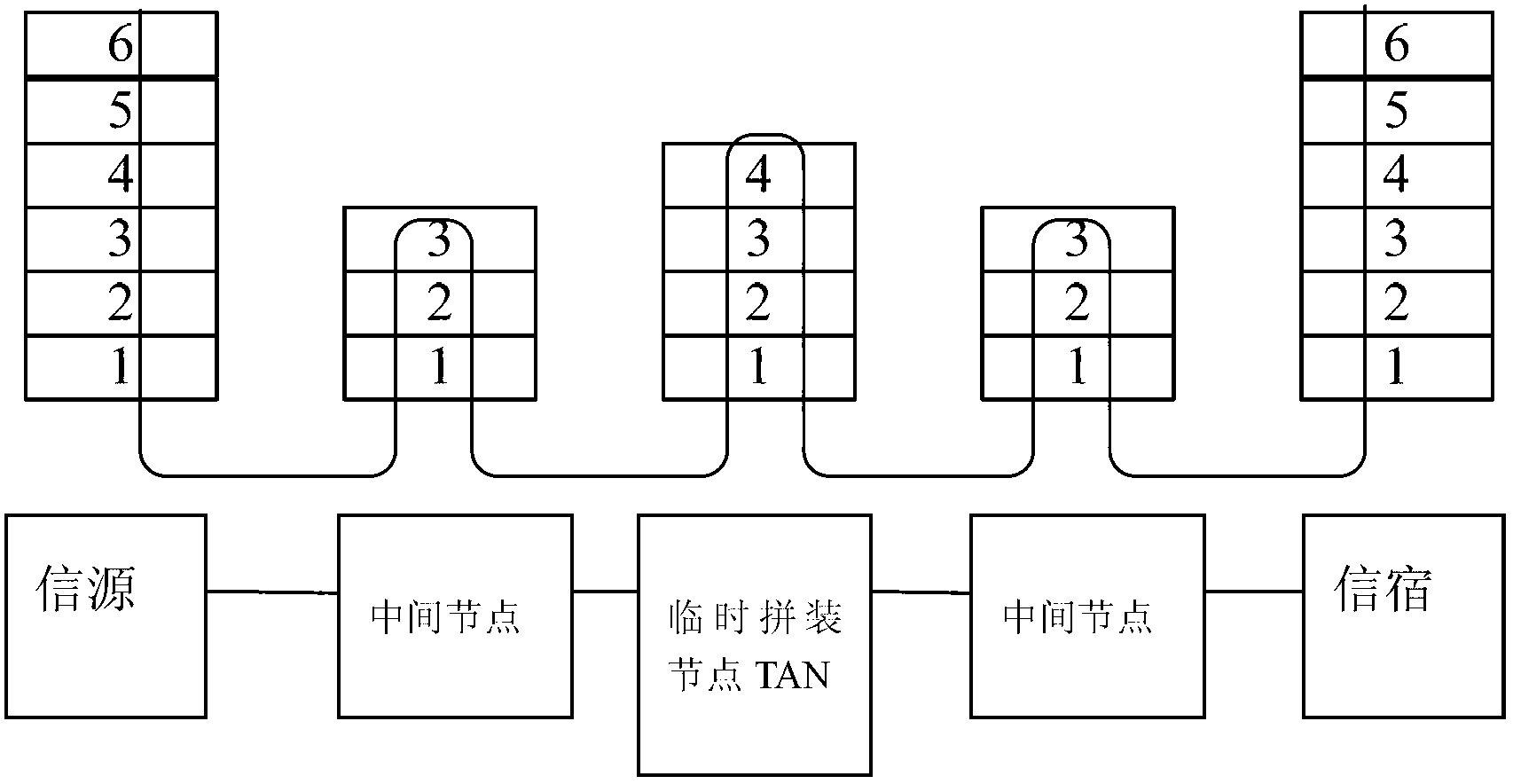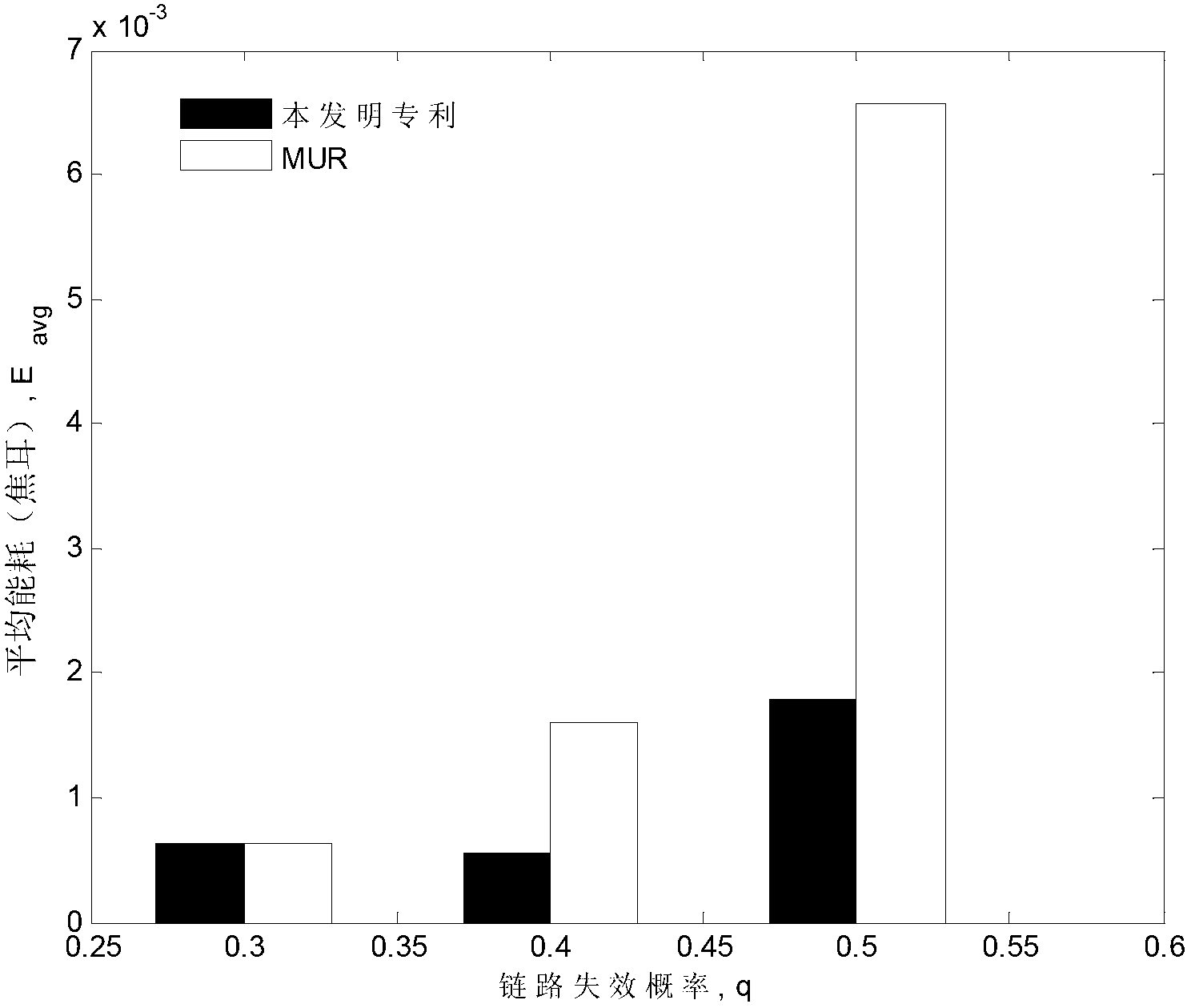6LoWPAN-based energy-saving data transmitting method for wireless sensor network
A wireless sensor and network technology, applied in wireless communication, energy-saving ICT, energy reduction, etc., can solve problems such as high energy consumption
- Summary
- Abstract
- Description
- Claims
- Application Information
AI Technical Summary
Problems solved by technology
Method used
Image
Examples
Embodiment Construction
[0099] The present invention will be further described below in conjunction with the accompanying drawings.
[0100] refer to figure 2 and image 3 , a wireless sensor network energy-saving data transmission method based on 6LoWPAN, the wireless sensor network energy-saving data transmission method includes the following process:
[0101] First, find an optimal temporary assembly node TAN between the source and the sink through the "TAN search method". The method of selecting the temporary assembly node TAN is as follows:
[0102] Step 1: Start with i ,A j > indicates the connection node A i and node A j of links to 0 ,A 1 ,...,A n > means A 0 is the source node, A n is the sink node and passes through node A 1 , A 2 ,A 3 ,... and A n-1 The data packet transmission path, a total of n hops.
[0103] Step 2: Calculate E according to formula (19) avg (n), and take Min_E=E avg (n), and record Best_Pair={n}.
[0104] E avg ...
PUM
 Login to View More
Login to View More Abstract
Description
Claims
Application Information
 Login to View More
Login to View More - R&D
- Intellectual Property
- Life Sciences
- Materials
- Tech Scout
- Unparalleled Data Quality
- Higher Quality Content
- 60% Fewer Hallucinations
Browse by: Latest US Patents, China's latest patents, Technical Efficacy Thesaurus, Application Domain, Technology Topic, Popular Technical Reports.
© 2025 PatSnap. All rights reserved.Legal|Privacy policy|Modern Slavery Act Transparency Statement|Sitemap|About US| Contact US: help@patsnap.com



